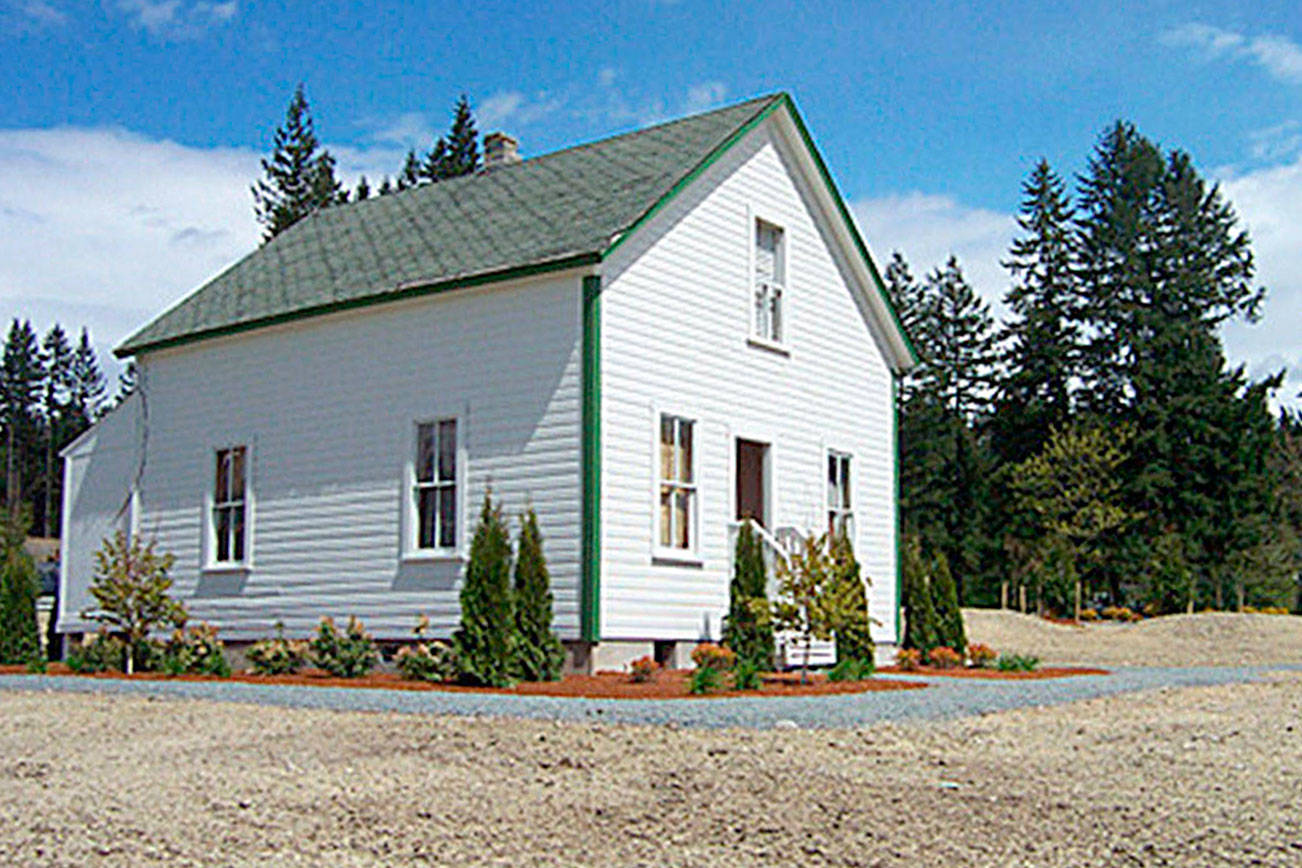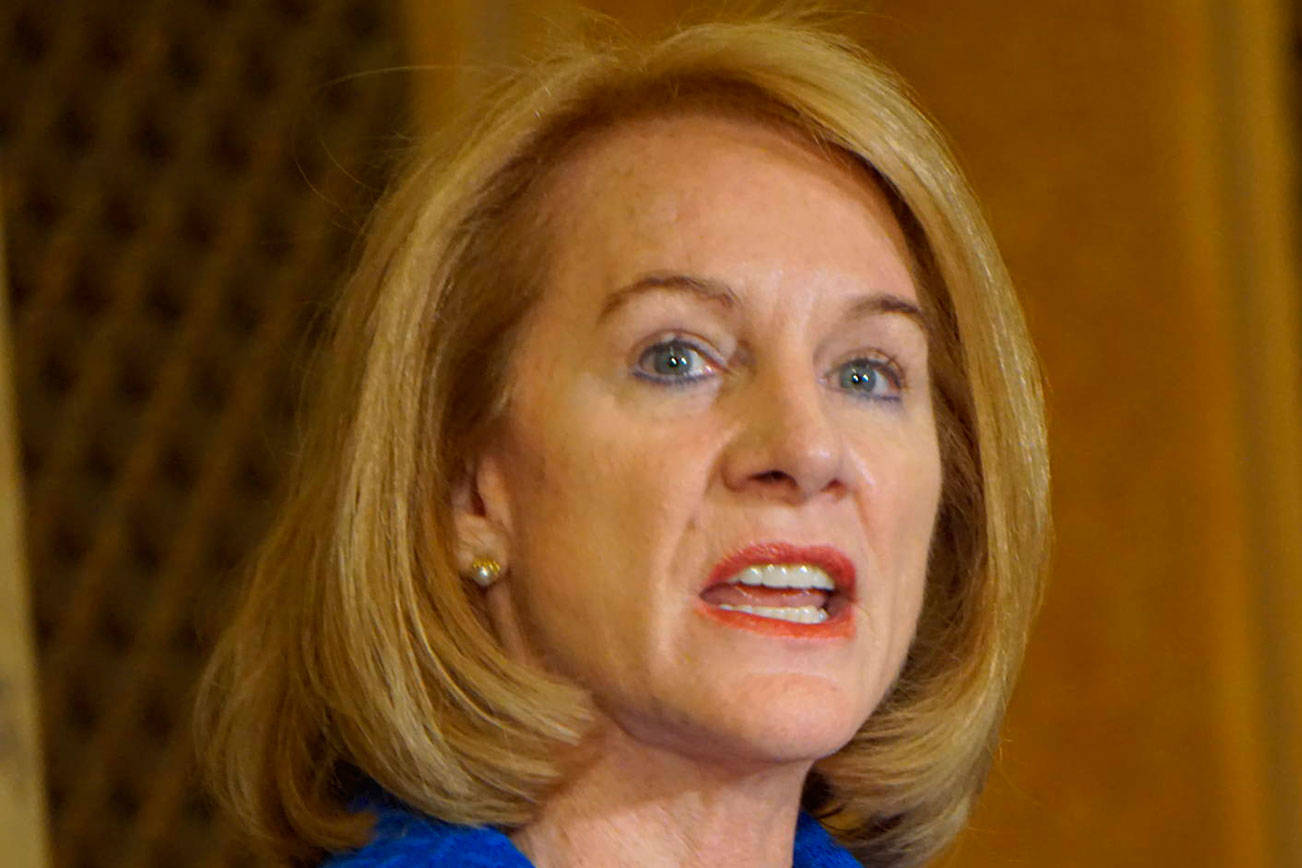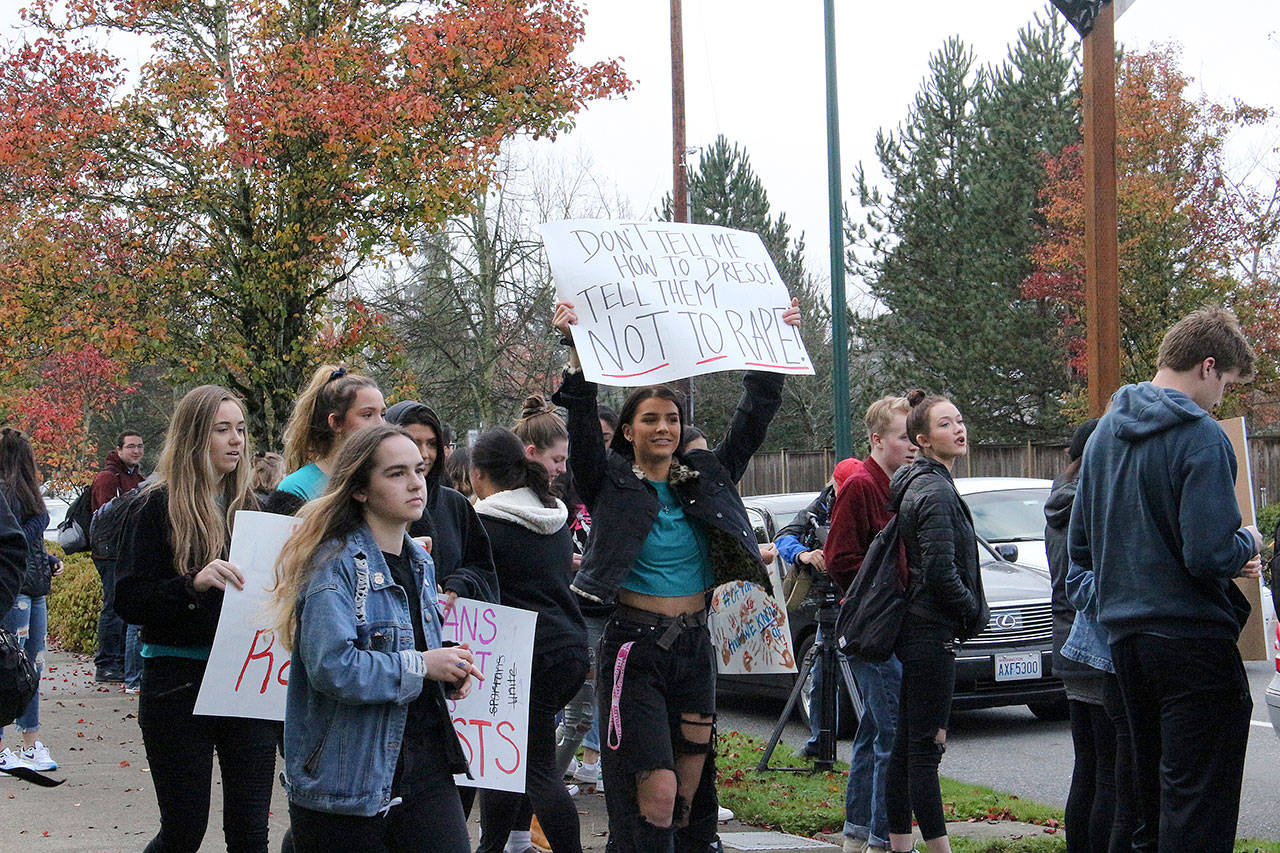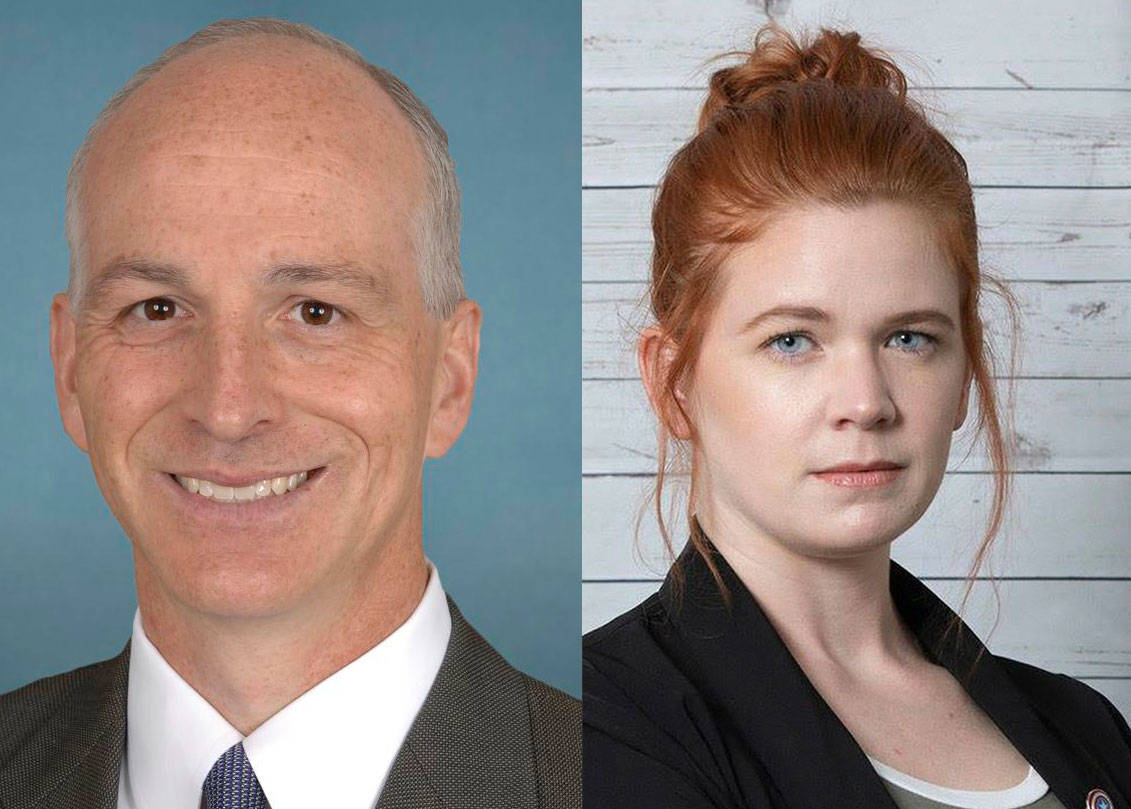• The 110-year-old Baker House in Sammamish was prepared for demolition this week after a hearing- examiner decision reversed the house’s designation as a historic landmark.
The reversal of the landmark designation came after the Laurels neighborhood homeowners association (HOA) appealed the designation to the city hearing examiner, who concluded that the Baker House did not qualify for landmark status. The house is located in the community park of the Laurels neighborhood, located on Southeast 24th Street, between Beaver Lake and Pine Lake.
The Baker House, built in 1908, was purchased by Earl and Minnie Baker in 1914. Earl, Minnie, and their son Ed moved to Sammamish so that Ed would be able to access special-education services from the Issaquah School District. The family moved to Sammamish after the Seattle School District refused to serve their son, and Ed became one of the first special education students to go through the Issaquah district.
The land the house was built on was purchased in 2001 by developer Centex, who built the residential area now known as the Laurels. During development, the house was moved to another part of the property next to the neighborhood’s playground. When the developer left, the house became property of the HOA.
Matthew Rubin, a board member of the Laurels HOA, said the homeowners were concerned with the poor state of the house and the costs of restoration. Due to poor upkeep and years of deterioration, Rubin said the house was considered a hazard near the park and the cost of restoration was “astronomically high.”
“The deterioration got so bad we had to figure something out and take the lead. It’s our park, so we researched to verify we were the owners of the house,” he said. “Once we verified all of that we needed to take control of the situation to make the house safe. We looked into the options, demolition or improving it. It was simple, it had to be demolished.” Issaquah-Sammamish Reporter
• The Renton Police Department is proposing a new strategy to combat illegal street racing, suggesting that the city close down the roads most used for the illicit activity.
In the past, RPD has increased moving and non-moving violations, put an emphasis on high-visibility patrols, increased criminal arrests and traffic enforcements, and conducted undercover operations. Commander Chad Karlewicz said those tactics have worked to a degree, but were short-term solutions.
“As soon as we stop doing that and we can’t have people out there every night enforcing it or doing undercover work … the next weekend the [racers] are back at it,” he said at a recent City Council meeting.
The new approach, which Karlewicz said has a better chance at working as a long-term solution, is to cut off access to the main racing roads on an ongoing basis.
The new proposal aims to close streets that are “wide, long, straight, and flat,” according to Karlewicz. He proposed closing Oakesdale Avenue Southwest (between Southwest 16th Street and Southwest 41st Street), Southwest 27th Street (between Lind Avenue Southwest and Oakesdale Southwest), and keeping Southwest 34th Street open with a staffed controlled access point at Oakesdale Avenue Southwest.
“The goal of the new approach is to make Renton a not-sought-after place for street racing,” said Karlewicz. “Our goal is to push them out and get [racers] to go and be somebody else’s problem.”
Karlewicz said he would be contacting businesses near the affected areas to inform them about the enforcement.
The department also aims to increase stricter enforcement by implementing zero tolerance for violations and impounding vehicles where legally authorized.
The city has been receiving a high number of complaints regarding street racing since last year. At a council meeting in August 2017, Sgt. Bill Judd told council members that it is common to see as many as 100 racers take to the empty streets, and more than 400 on warm, summer days. Karlewicz said on Monday the department has arrested as many as 218 people in one night. Renton Reporter
• Doctors, business leaders, and community members met May 9 for a groundbreaking ceremony that officially kicked off a massive campus renewal project at Overlake Medical Center in Bellevue.
The expansion, called Project FutureCare, is a $250 million undertaking that will build out the hospital and upgrade existing facilities. The capstone project is a new 240,000-square-foot, five-story tower with modern single-patient rooms. A new childbirth center will be created, bed capacity for surgeries will be increased, and the cardiac center will be enhanced.
Overlake Medical Center and Clinics CEO J. Michael Marsh said the expansion was the largest in the hospital’s 58-year history and an investment on the Eastside. “This project will enhance and support a healing environment for our patients,” he said.
Overlake was founded in 1960 by the community and is led by a volunteer board of directors. According to Overlake, the facility serves more than 100,000 patients at the medical center in addition to more than 280,000 through its clinics annually. It has more than 2,900 employees, nearly 350 beds, a level3 trauma center, cardiac and cancer centers, and the Eastside’s only inpatient psychiatric center.
The expansion will be completed in three phases. The first will be the new state-of-the-art cardiac operating rooms. Two new operating rooms will be built to support future advancements, and an existing operating room will be refurbished. Surgeons at Overlake currently perform more than 12,000 surgeries annually, and the new operating room suite will accommodate 1,000 additional surgeries each year.
Bellevue Mayor John Chelminiak praised the hospital’s quality in providing health care. One of Chelminiak’s first acts as mayor was to sign over easements to Overlake to allow the expansion.
The expansion is based on an urban-to-trail philosophy, Overlake Medical Center CEO Tom DeBord said. It will be focused on installing park-like features and trails through the campus. He praised the update to technology, particularly in the hospitals cardio department. According to DeBord, following the expansion, the hospital will have the capacity to deal with a mass-casualty event. Bellevue Reporter
• Leilani Gennings wants to honor her late son, Wesley, by walking in what would have been his graduation from Decatur High School in June.
Federal Way Public Schools officials have said that because Wesley Gennings was only a sophomore when he died, and did not have the needed credits to graduate, his mother cannot walk for him.
Wesley Gennings, 16, was found with a fatal gunshot wound to the back of his head Feb. 13, 2016, in the parking lot of a Taco Bell on 21st Avenue South. Two teens, Diante Pellum and Michael Rogers, have been charged as adultsin the case and are awaiting trial.
“I just never thought I would see myself in that situation and here I am. It is just really, really important to me to be able to do this. It means the world to me,” Leilani Gennings said of walking for her son. “I took (Wesley) to a graduation when he was younger and I showed him all the things he could accomplish, where he could go, what he could be, what he could do and the sky is the limit. He looked forward to this, and so did I with him. To have somebody take that rug out from under me and tell me no, that is not in my vocabulary.”
Superintendent Tammy Campbell said if the district allows Wesley Gennings’ mother to walk for him, it would have to allow others to do the same in the future.
“From a technical standpoint, Wesley did not meet the graduation requirements,” Campbell told the Federal Way Mirror.
The district will allow one of Wesley Gennings’ friends to carry his picture during the Decatur graduation ceremony. The district also offered to let Leilani Gennings hold a ceremony for her son at the school on a Saturday, Campbell said. She has also been granted permission to install a bench in her son’s memory on the Decatur campus.
“As a mom, my heart breaks for her, but this has bigger implications,” Campbell said, adding that she spent several hours with the Gennings family on the day Wesley was killed. Federal Way Mirror








